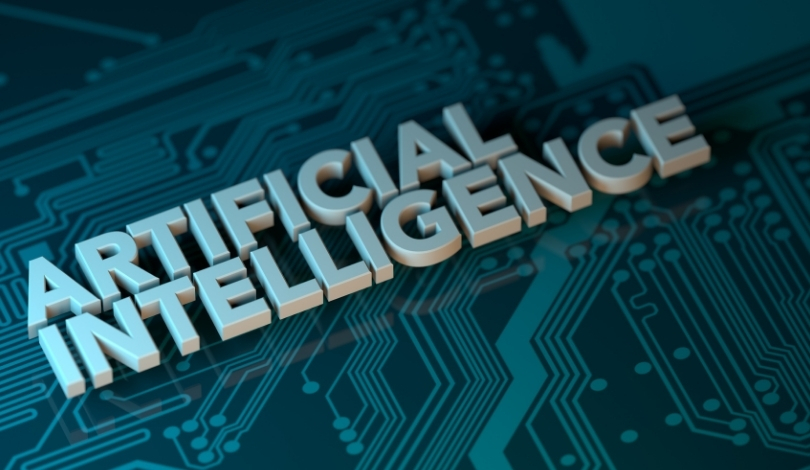Artificial intelligence has captured the attention of both technologists and the public, but questions remain about its actual capabilities. As anticipation grows around advances in artificial general intelligence, Apple’s recent research introduces a note of caution regarding the true “intelligence” behind current models. The company’s latest findings intersect with its product strategy, as showcased at its WWDC developers conference, revealing a trajectory that prioritizes measurable progress over hype. Industry experts have long debated whether AI models can think or merely calculate—Apple now provides evidence to ground that conversation.
While companies such as OpenAI, Google, and Microsoft have previously highlighted improvements in large language model reasoning, Apple’s new research brings a different perspective by focusing on classic logic puzzles and analyzing the structure of AI-generated solutions. Prior reports were quick to announce milestones in mathematical or coding benchmarks, often without examining the models’ step-by-step reasoning. Apple’s decision to scrutinize both answers and reasoning processes sets it apart from much of the earlier coverage and introduces a more nuanced approach to AI assessment.
What Limitations Did Apple Identify in Leading AI Models?
Apple’s investigation centered on evaluating models such as Anthropic’s Claude 3.7 Sonnet, DeepSeek-V3, and their reasoning-tuned variants like Claude 3.7 with Thinking and DeepSeek-R1. Using benchmarks like the Tower of Hanoi and River Crossing puzzles, researchers graded tasks by difficulty and measured how well each model planned, reasoned, and executed multi-step solutions. Most models managed relatively simple tasks, but their reliability dropped significantly as complexity increased. These results showed limited improvements even when models were supplied with correct algorithms or substantial computational resources.
How Does Apple Interpret Current AI Reasoning Capabilities?
Researchers pointed out that what appears as reasoning is often advanced pattern recognition. Instead of solving logic problems through human-like reasoning, the models rely heavily on cues encountered during training. When presented with unfamiliar or high-difficulty scenarios, responses generally weaken or fail to deliver accurate solutions. Apple described this issue as a scaling limit, where greater resources do not equate to more effective reasoning. As the report put it,
“Current evaluations focus primarily on established mathematical and coding benchmarks, emphasizing final answer accuracy… Our setup allows analysis not only of the final answers but also of the internal reasoning traces, offering insights into how Large Reasoning Models (LRMs) ‘think.’”
What New Tools Did Apple Announce for Developers?
Coinciding with the publication of the research, Apple introduced updates at WWDC such as the Foundation Models framework and Xcode 26. The Foundation Models framework provides developers with tools to embed AI-driven capabilities—including image generation, natural language processing, and text creation—into their apps. Meanwhile, Xcode 26 now features support for integrating external AI models, including ChatGPT and Claude, through API keys for functions like code generation, test creation, and debugging. These enhancements aim to give developers broader access to AI tools without depending on cloud-based services.
Apple’s study stands out by examining not only the output of large language models but also the underlying processes used to reach conclusions. This approach sets a new benchmark for rigor in AI research and helps clarify the difference between appearing intelligent and actually reasoning through complex tasks. Other industry players frequently tout progress using benchmarks vulnerable to data contamination or shallow analysis, but Apple advocates for deeper scrutiny. By doing so, the company presents a clearer picture of current AI capabilities while promoting cautious development and realistic expectations.
Readers interested in AI’s intellectual boundaries should be aware that, despite rapid improvements in computational power and training techniques, today’s large language models are not yet reliable when confronted with tasks requiring deep, multi-step logic. Apple’s research suggests that current methods—regardless of scale—may not bridge this gap soon. Developers and technology adopters should allocate AI tasks appropriately and remain critical of claims regarding “human-level” reasoning. Greater transparency around AI’s shortcomings enables more responsible integration and sets realistic targets for future innovation.
- Apple’s research found AI models struggle with complex logic despite advances.
- WWDC updates add developer tools, including Foundation Models and Xcode 26.
- Apple advocates honest evaluation of AI’s reasoning, urging transparency and rigor.










